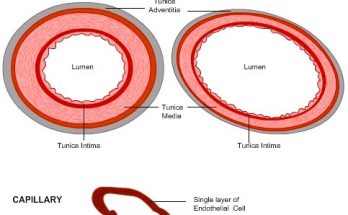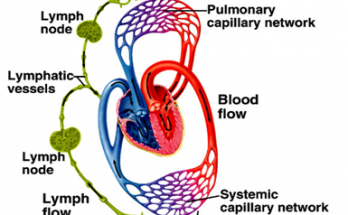
Blood Vessels Diagram
The blood vessels diagram shows the structure of arteries and veins. Arteries have a thick tunica media layer to handle the high-pressure blood flow while veins have a thinner tunica media and a larger lumen to accommodate a higher volume of blood. the smallest blood vessels have thin endothelial cell walls and a narrow lumen that allows for the exchange of nutrients and waste products with pericytes and red blood cells. A neatly labeled diagram makes it easy to understand.
Blood Vessels Diagram Read More



